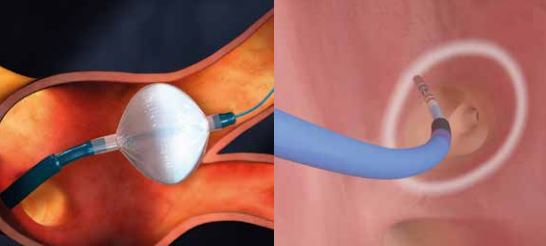
Analyses from the FIRE AND ICE trial has shown lower costs with cryoballoon catheter ablation compared to radiofrequency ablation—related to trial period—as a result of fewer cardiovascular rehospitalisations and repeat ablations.
The data were presented at a late-breaking clinical trial session at the Asia Pacific Heart Rhythm Society’s Scientific Sessions (12‒15 October, Seoul, Republic of Korea)
The new data show that the Arctic Front Cryoballoon (Medtronic) reduces payer costs across multiple healthcare systems, compared to the ThermoCool line of radiofrequency ablation catheters (Biosense Webster). Investigators also examined the association between baseline patient demographics and cardiovascular rehospitalisations to determine if the primary and secondary trial results were consistent across patient subgroups.
“The cryoballoon technology demonstrates cost savings across multiple health systems, driven by a reduction in post-procedure rehospitalisations and reinterventions due to their underlying disease state,” said principal investigator of the trial, Karl-Heinz Kuck (Asklepios Klinik St Georg, Hamburg, Germany). “These analyses highlight the real-world patient outcomes and health system benefits of the cryoballoon.”
The primary results from the FIRE AND ICE trial were published in The New England Journal of Medicine and showed comparable safety and effectiveness of cryoballoon ablation and radiofrequency catheter ablation. Secondary analyses, which demonstrated significantly fewer repeat ablations and lower cardiovascular hospitalisation rates with cryoablation, were published in the European Heart Journal.
Health economic supplementary analysis
Total rehospitalisation and reintervention events observed during the trial (average follow-up of 1.5 years) were assigned payer costs based on the healthcare systems and currencies from Germany (Euro), the United Kingdom (British Pound) and the United States (US dollar), respectively. This analysis showed the cryoablation group used fewer post-procedure healthcare resources and experienced fewer repeat ablations and reinterventions compared to the radiofrequency group (205 healthcare utilisation events vs 268), demonstrating favourable health economics across three major healthcare systems:
- €244,607 total trial savings under the German system (p=0.012)
- £139,603 total trial savings under the United Kingdom system (p=0.013)
- $355,005 total trial savings under the United States system (p=0.016)
“Predictors of outcomes”: Patient demographic-based clinical outcomes
Investigators also evaluated baseline patient characteristics and their association with cardiovascular rehospitalisations—one of the trial’s predefined secondary endpoints—to determine whether certain subgroups may respond more favourably to treatment with the cryoballoon or radiofrequency ablation. Patients with a CHA2DS2-VASC score of 0-1, and/or patients with prior direct current cardioversion were associated with a significantly lower risk of cardiovascular rehospitalisation with cryoablation vs radiofrequency ablation.












